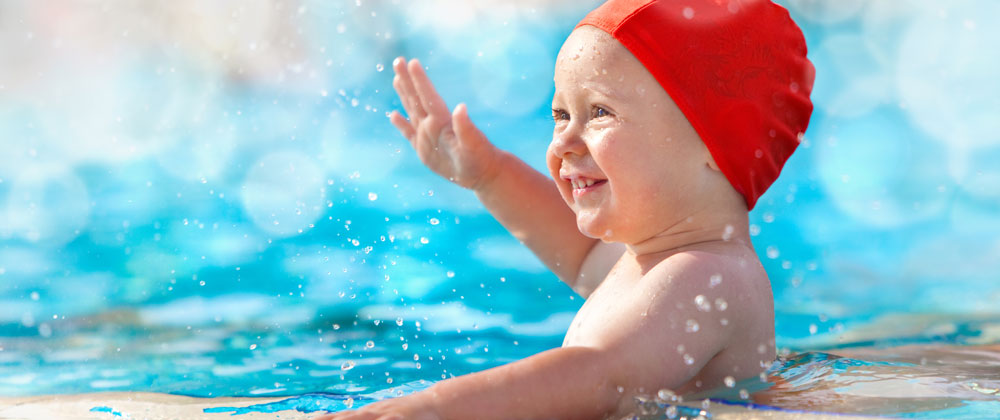During the warmer months, people of all ages head to the pool or beach to cool off and have fun. Unfortunately, however, an average of 3,700 people drown each year in the U.S. The Children’s Safety Network reports that unintentional drowning is the leading cause of death among children under the age of four. Drowning is also the third-leading cause of preventable death among children between the ages of 5 to 19. Almost 900 of the people who die in drowning accidents in the U.S. each year, are children.
Parents want their children to have fun and remain safe in the water. Many parents purchase personal flotation devices for their children to use in the water because they think these devices will keep their children safe. However, there are hidden dangers to using floaties in the pool. Here’s what to understand about personal flotation devices for children in swimming pools and why you might want to consider not using them with young children.
What Are the Dangers of Floaties in Pools for Young Children?
Personal flotation devices are also called floaties or puddle-jumpers. These devices are often brightly colored inflatables that keep wearers in an upright position while they splash around in the water. While these devices provide buoyancy in swimming pools and the ocean, they are not a substitute for teaching a child to swim.
Personal flotation devices give both small children and parents a false sense of security when children are in the water. They also make young children think that swimming is easy and that the water is not dangerous. Many parents place young children in personal flotation devices in the swimming pool with the mistaken idea that doing so will keep them safe.
Since the children can splash around while remaining upright, they also won’t develop an appreciation of the potential dangers of swimming pools. This might lead them to get into the pool without devices when they can get away from their parents or other supervising adults. Children can drown in as little as 20 seconds in water. If they do not know how to swim and can slip away from their parents near a swimming pool, this can leave little time to save them if they begin to drown.
Why Broward Swim Lessons are Critical
Children should be introduced to the water and start Broward swim lessons with Baby Otter Swim School when they are young toddlers. Children as young as nine months old can learn how to stay safe with the Broward County Swim School and its proprietary Turn, Kick, Reach ® program.
It only takes a few seconds for a young child to slip away and drown. When they learn what to do if they fall into the water, children’s lives can be saved. The Turn, Kick, Reach ® program helps young toddlers learn what to do if they fall into a pool to remain safe. These lessons only take a few hours and are much better for preventing potential drowning incidents than floaties.
In addition to swim lessons, parents should take the following steps to increase pool safety this season:
- Ensure the pool is fully enclosed with a fence at least four feet high and without slats that would allow a small child to crawl through
- Keep the pool gate locked, and move other objects that children could climb to get over the fence away from it
- Never leave children unattended for even a few seconds around the pool
- Install alarms on windows and doors that open out to the pool
- Supervise children closely when they are playing in and around the pool
- Don’t rely on flotation devices as a substitute for swim lessons
Contact Our Broward County Swim School Today
Teaching your children how to swim can prevent tragic accidents and help to ensure the summer months are safe and fun. To learn more and enroll your children in the Baby Otter Swim School, contact us today at 1-888-SWIM-KID (794-6543).

